The Importance of Proper Training in Restoration: Takeaways from Inventory, Wrapping and Cleaning
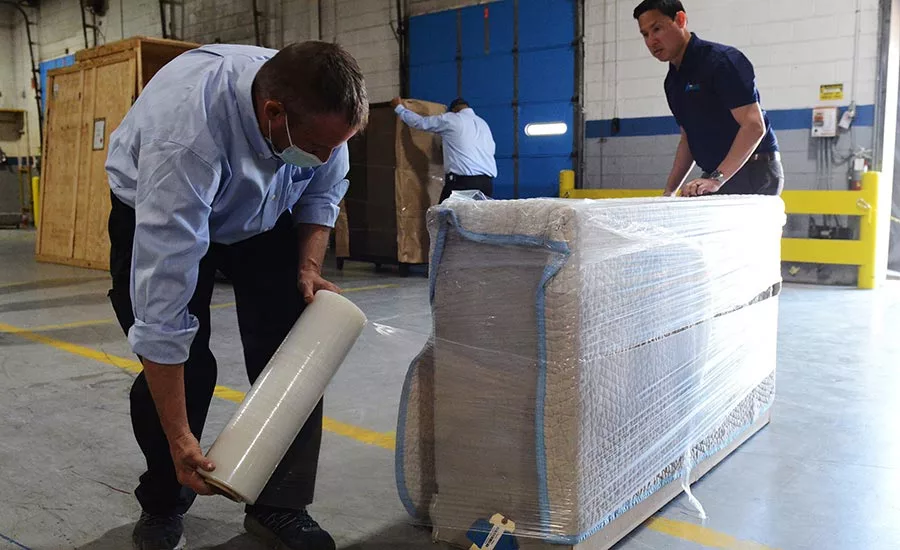
Guided practice is central to David Gavilanes’ training philosophy.
Photo credit: Blue Kangaroo Packoutz
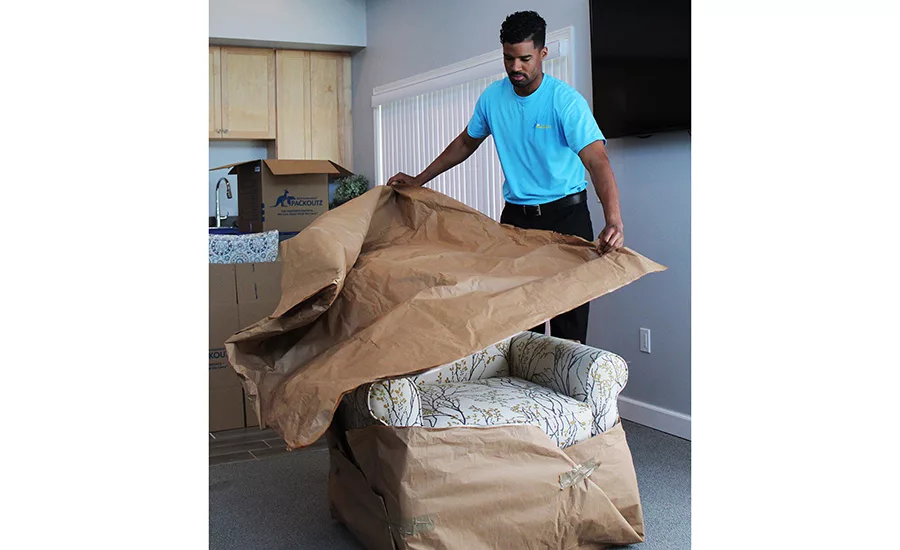
Students at the Blue Kangaroo Packoutz Academy learn how to protect their clients’ belongings.
Photo credit: Blue Kangaroo Packoutz
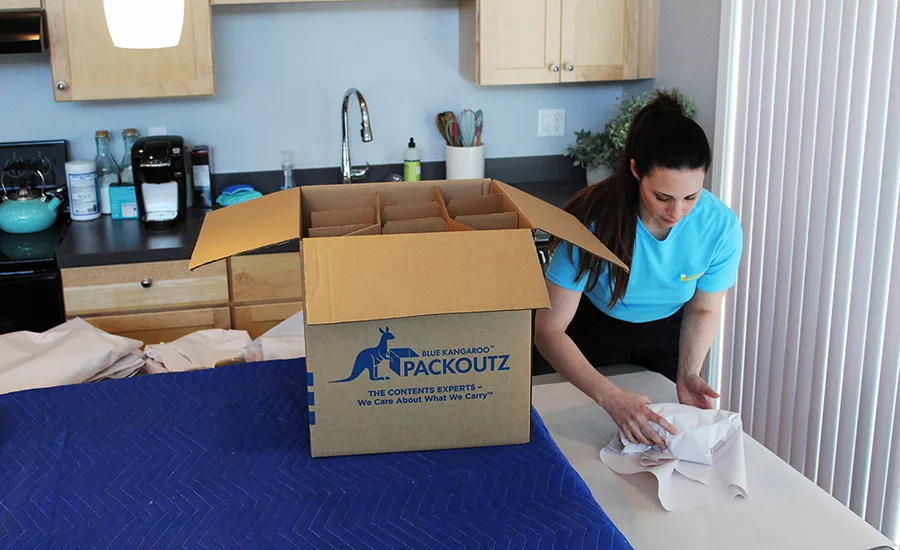
Repetition is key. Wrapping glassware until it becomes second nature.
Photo credit: Blue Kangaroo Packoutz
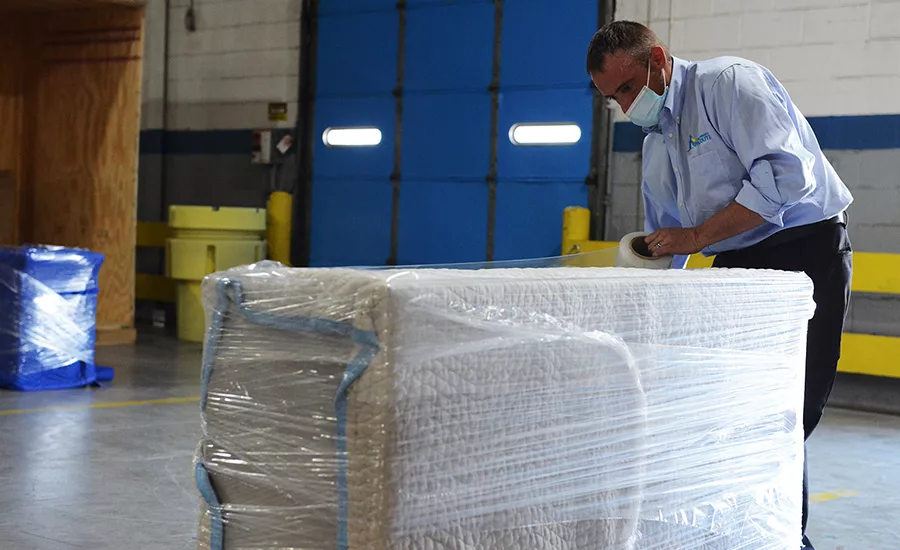
BKP utilizes their flagship store in Michigan as part of an intensive two-week training program.
Photo credit: Blue Kangaroo Packoutz
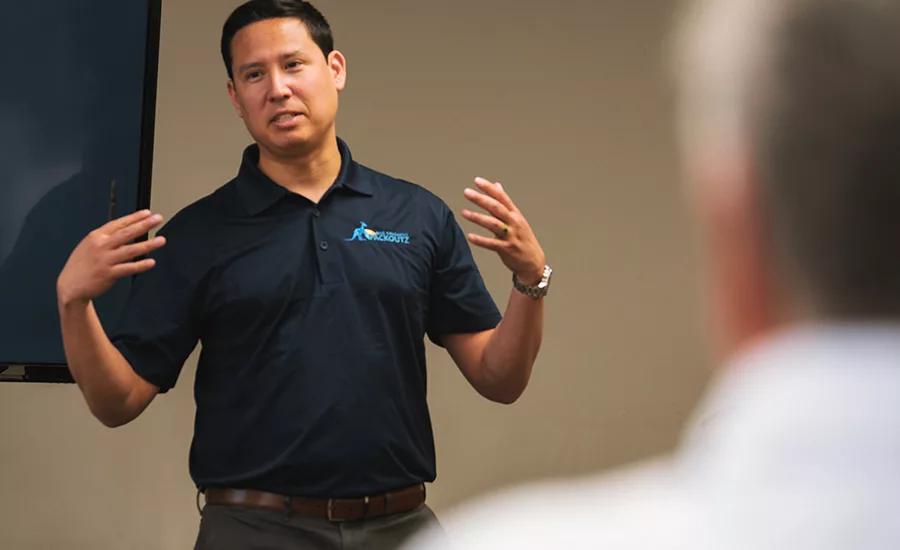
David Gavilanes leads his new franchisees through the claims process.
Photo credit: Blue Kangaroo Packoutz
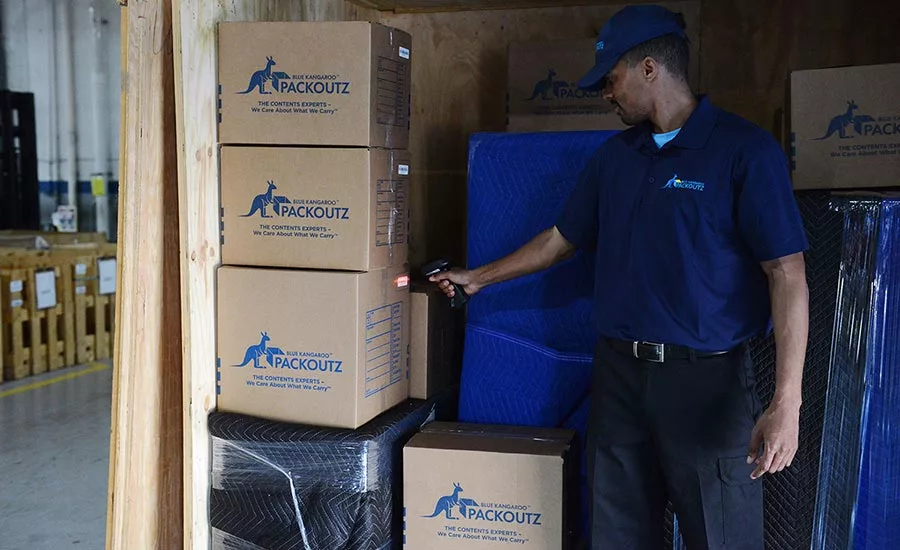
Scanning inventory at multiple stages is essential for proper contents care and safekeeping.
Photo credit: Blue Kangaroo Packoutz
My first packout was also my first day of work in the restoration industry, more than 10 years ago. I was taken to a packout at an apartment complex in Durham, N.C. Work had already started. There were people working – who would later become lifelong friends – and they were already busy wrapping various pieces of contents. The job was a multi-unit water damage project. We were brought in as a specialty sub-contractor for the packout.
One of my co-workers, with the help of her assistant, was taking down the inventory on pre-formatted sheets of paper. Information included job name, box number, description and not much else. The inventory happened in a separate room from the packing. After the inventory was collected, the person doing the inventory would then allow the others in so they could start boxing and wrapping. If the inventory took longer than the wrapping, and it always did, the rest of the crew (which included me at the time) would have to wait.
Even once the waiting was over, though, I still was not sure what to do. “Just wrap?” I would ask myself. There had to be a rhyme and reason. Fortunately, that’s when a co-worker recognized my bemusement and said, “Come here. Look,” and proceeded to show me the process.
It was not too long after my first packout that the business owner purchased an inventory software and asked me to implement it. Neither of us knew anything about the software, but things were changing fast for the company and me. I had to think about the software, changing processes, changing procedures, and how to effectively communicate all of this to others in the company. My career as a trainer truly began when we switched to that digital inventory system.
That story is one I often share during initial training at BELFOR Franchise Group’s Blue Kangaroo Packoutz (BKP) training academy in Ann Arbor, Mich. The training is two weeks, much longer than the on-the-job tutorial I was given on my first day.
Skill Practice
Adults learn differently from children and young adults. Our abilities don’t change, but our priorities do. As a teenager, I could sit and watch every pitch of a baseball game. As an adult, I don’t remember the last time I watched a game for more than an inning. My ability to pay attention has not waned; my mind has simply become much more discriminating about what deserves my attention. I am not unique. Between work and family, we have many more things that require our attention, and many more interruptions. Therefore, when we take in information on a new subject or skill, we tend to learn better through hands-on experiences than from a textbook. This hands-on training is also the best way — and sometimes the only way — to share and teach the tacit knowledge you gain from years of practical experience in a particular skill or field.
The early version of the inventory software that I first used and trained on required a military-grade Ricoh camera and tiny barcodes. The camera had a built-in laser. The laser would scan the barcode. There was a circular navigation pad on the back of the camera where you could scroll and tap to write in the description of what you inventoried. The whole thing was different than what we were doing. My first job with the Ricoh threw me into at least one panic attack at the job site, and another when I couldn’t find the inventory in the database. Everyone’s suspicion of the new system was reflected on my exasperated expression while trying to learn something without a manual or training video. But with time and practice, I finally got the hang of it.
Once I had this new inventory system figured out, I ran everyone through practice sessions because I knew, based on my own experience, that was the best way to learn it. With the use of some total loss items, I created a practice room and everyone got a turn at using the camera. Uploading to the system was a task that was shared between our manager and the other lead tech. Some grasped the use of the camera faster than others. Those who “got it” were rewarded with the opportunity to become a lead tech.
Today, inventory software has changed once again. It is tablet-based and much more intuitive. Regardless, practice is still needed before a new tech starts a project. Knowledge and practice leads to skill, which, in turn, makes the job go faster with fewer errors along the way.
Remember the Sushi Chef
Doing a repetitive task like inventory, wrapping, and cleaning should — to some degree — require minimal thought, but still be performed with the utmost precision (we are working with our customers’ most cared for possessions, after all). Efficiency at the packout can be measured by speed of service. The Xactimate price list favors faster pack rates and cleaning, as most activities are tied to specific line codes that pay a fixed rate. Therefore, the work should be second nature to the tech who is making the inventory or cleaning an item.
I sometimes make this comparison to a sushi chef: Whenever I sit at my favorite sushi bar, the chef is working with speed and precision. Without hesitation, his knife is slicing through the sashimi. The rice and fish is wrapped in the seaweed with intention. Having tried to make sushi myself, I can tell you that if I was behind a sushi bar, there would be some concerns over the presentation.
The path for most is to put your people in a position to succeed, with the least amount of resistance along the way. Inventory requires a fairly good understanding of household items and how it relates to the way we invoice. Why do we measure bookcases, picture frames, and sofas? I have worked alongside some amazing people who can wrap and load a truck better and tighter than you can imagine. Allow those employees to get you to the finish line. Don’t pull people away from their strengths. Instead, find their talents.
What Does Your Initial Training Look Like?
Author and leadership expert Simon Sinek has become known for his thesis, “Start with why.” Why are we on a packout? Why is the inventory important? Why is the total loss inventory important? Why are some things restorable and others not? From there, we can question how things are done. Are we packing out the best way? How does protecting contents keep us from losing money? How do we give the best customer service? Who is our customer? These are questions that we must all ask when teaching the claims process.
Opportunities to train and learn are plenty. Here are three action items to get you going:
- Teach the “why.” When team members understand their purpose, they buy into the process and become even greater assets.
- Use your available resources. Take advantage of things like total loss items to create a dummy job to simulate a packout.
- Learn the best way to do things and then show others. Figure out how best to wrap loose items and have everyone practice for consistency. Practice makes perfect.
Looking for a reprint of this article?
From high-res PDFs to custom plaques, order your copy today!








